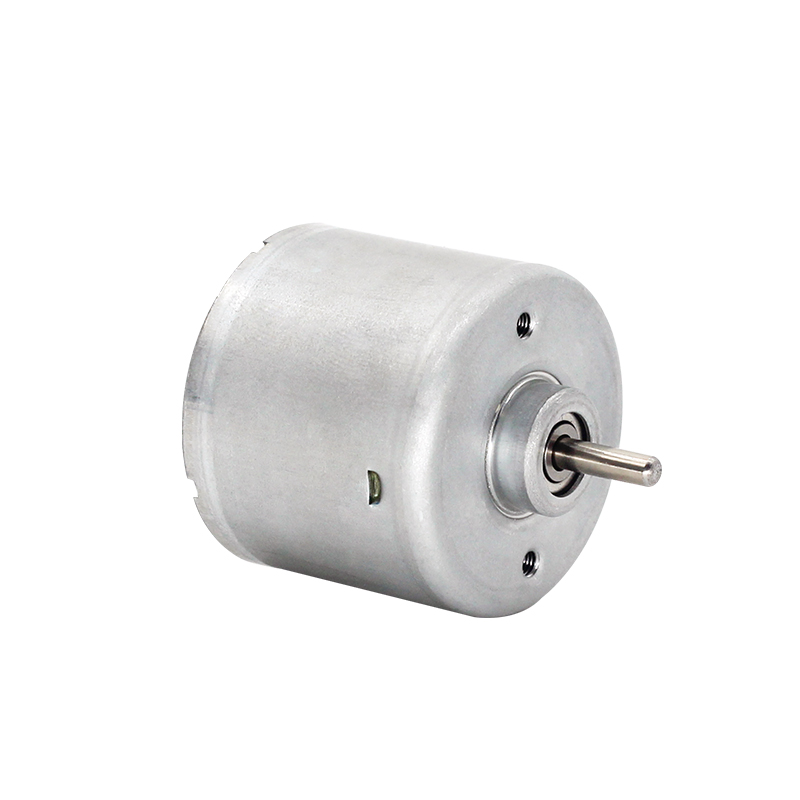Exploring Control Options: Maximizing the Potential of the 36mm Brushless DC Motor in Electric Actuators
2024-04-15
Electric actuators rely on precise control systems to achieve accurate motion across various applications. At the heart of many electric actuation systems lies the versatile 36mm Brushless DC Motor, known for its efficiency, reliability, and performance. In this blog, we delve into the diverse range of control options available for the 36mm Brushless DC Motor, unlocking its full potential and empowering engineers to tailor motion control solutions to their specific needs.
Understanding Control Systems
Before exploring control options, it's essential to understand the role of control systems in electric actuators. Control systems regulate the speed, torque, and position of the motor, allowing for precise and responsive motion control. Various control strategies and techniques can be employed to optimize performance and efficiency based on the requirements of the application.
Control Options for the 36mm Brushless DC Motor
1. Pulse-Width Modulation (PWM): PWM is a commonly used control technique that regulates the average voltage supplied to the motor by rapidly switching the voltage on and off. By adjusting the duty cycle of the PWM signal, engineers can control the speed and torque of the 36mm Brushless DC Motor with precision.
2. Analog Voltage Control: Analog voltage control involves varying the voltage supplied to the motor using a continuous analog signal. This method offers simple and intuitive control over the motor's speed and torque, making it suitable for basic motion control applications.
3. Digital Communication Protocols: The 36mm Brushless DC Motor is compatible with various digital communication protocols, including UART (Universal Asynchronous Receiver-Transmitter), SPI (Serial Peripheral Interface), and CAN bus (Controller Area Network). These protocols enable seamless communication between the motor and external control systems, allowing for advanced features such as position feedback, velocity control, and parameter tuning.
4. Sensorless Control: Sensorless control techniques eliminate the need for position or speed sensors by leveraging the motor's back electromotive force (EMF) and current feedback to estimate rotor position and speed. This approach reduces system complexity and cost while still providing accurate and responsive motion control.
5. Closed-Loop Control: Closed-loop control systems utilize feedback from sensors such as encoders or Hall effect sensors to continuously monitor and adjust the motor's performance in real-time. This allows for precise positioning, velocity control, and disturbance rejection, making it ideal for applications requiring high accuracy and stability.
Tailoring Control Strategies to Application Requirements
The choice of control strategy for the 36mm Brushless DC Motor depends on various factors, including the specific requirements of the application, the desired level of performance, and the available resources. By carefully selecting and implementing the appropriate control options, engineers can optimize the performance, efficiency, and reliability of electric actuators powered by the 36mm Brushless DC Motor.
Conclusion: Unlocking Versatility and Performance
In conclusion, the 36mm Brushless DC Motor offers a diverse range of control options, allowing engineers to tailor motion control solutions to meet the unique requirements of their applications. Whether it's pulse-width modulation for basic speed control, digital communication protocols for advanced features, or closed-loop control for precise positioning, the versatility of the 36mm Brushless DC Motor empowers engineers to achieve optimal performance and efficiency in electric actuators across a wide range of industries and applications. By leveraging the available control options, engineers can unlock the full potential of the 36mm Brushless DC Motor and drive innovation in motion control technology.



